In the last post, I compared on-axis performance of the two lenses. Inb this post, I’ll look at the lower left corner.
The particulars:
- Edelkrone Tripod X Pro
- Arca Swiss C1
- Manual exposure
- EFCS
- ISO 64
- Delay set to 5 seconds
- Six shots per f-stop
- Target centered
- f/1.4, f/2, f/2.8, f/4, f/5.6, f/8
- Shutter speeds: 1/500, 1/250, 1/125, 1/60, 1/30, 1/15 seconds
- Developed in Lr with default settings except for white balance and sharpening set to 0
Crops at 250% magnification:
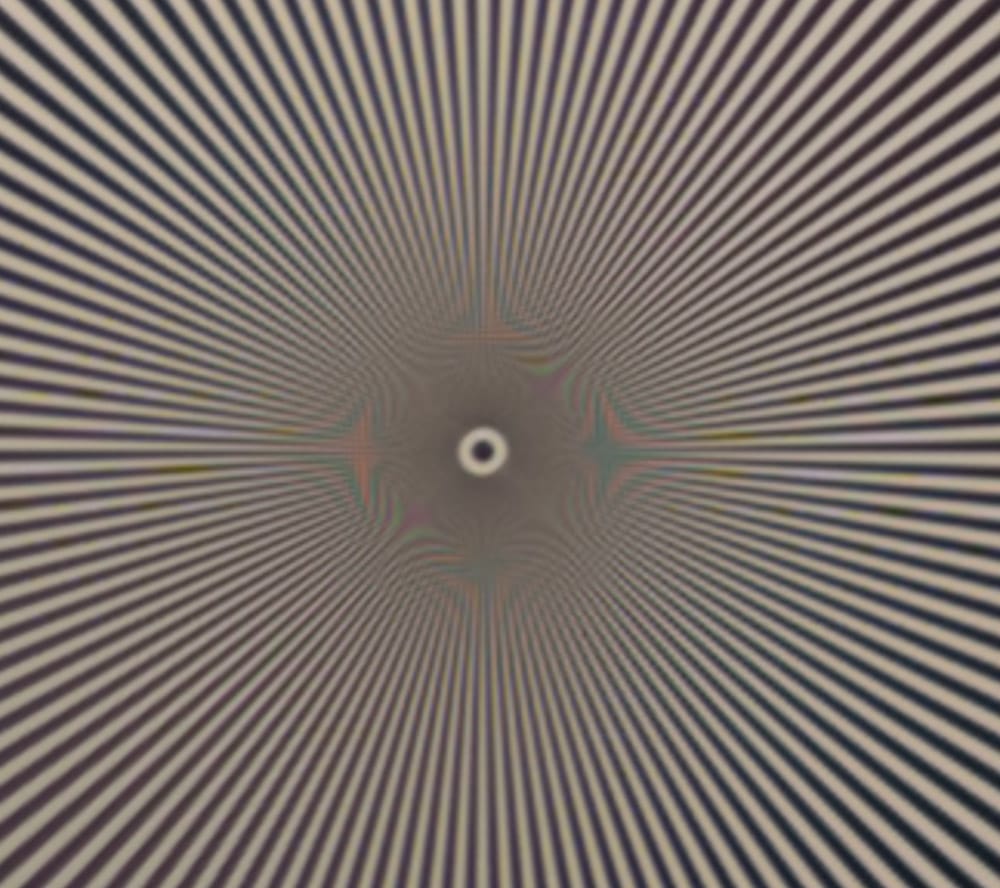
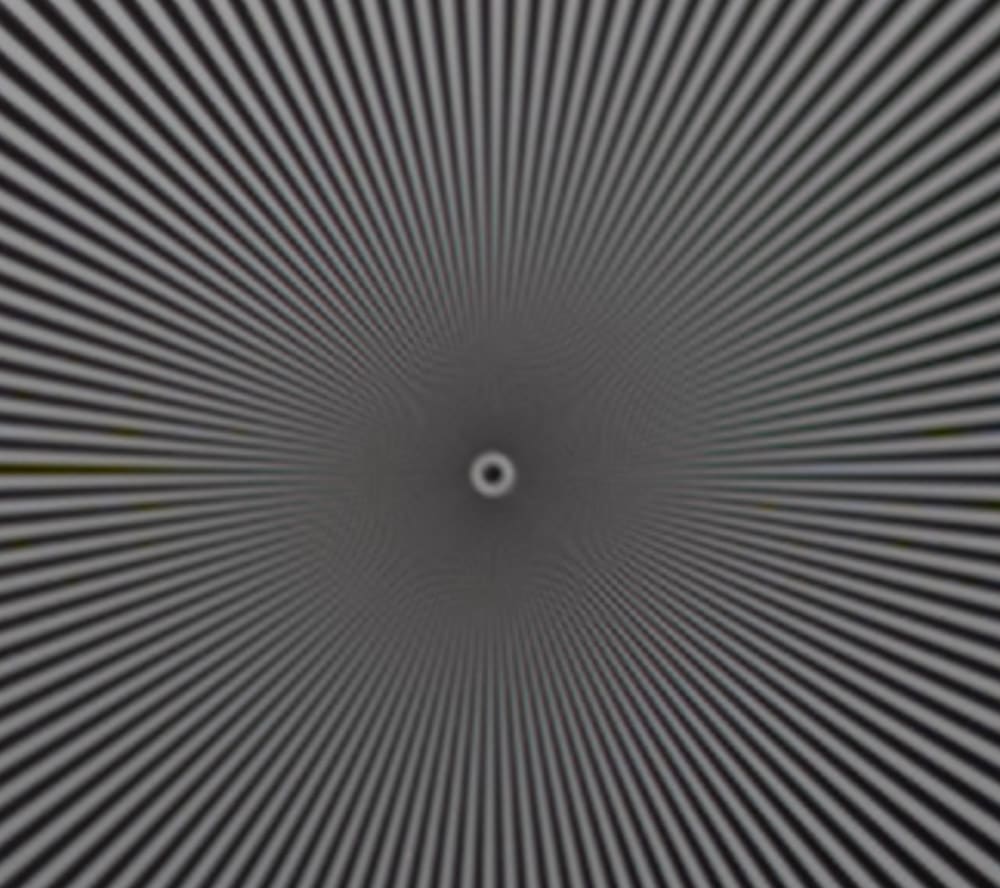
The Noct is much sharper. The Otus has much more astigmatism and light falloff.
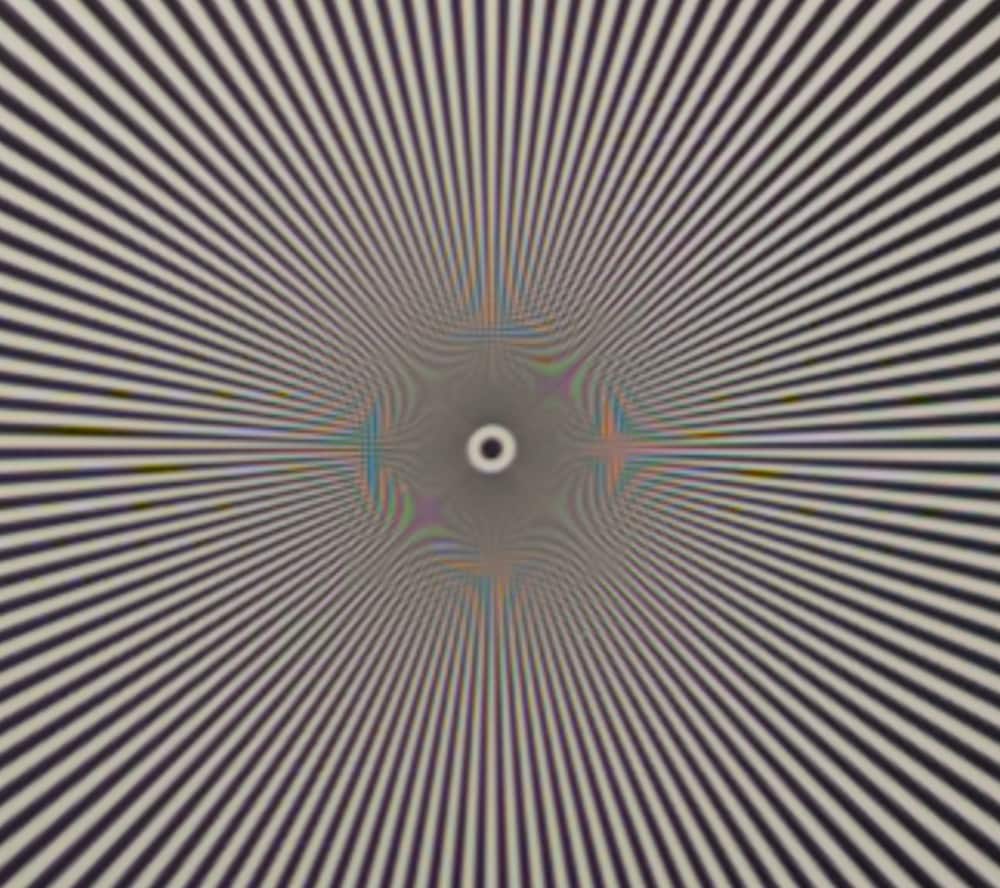
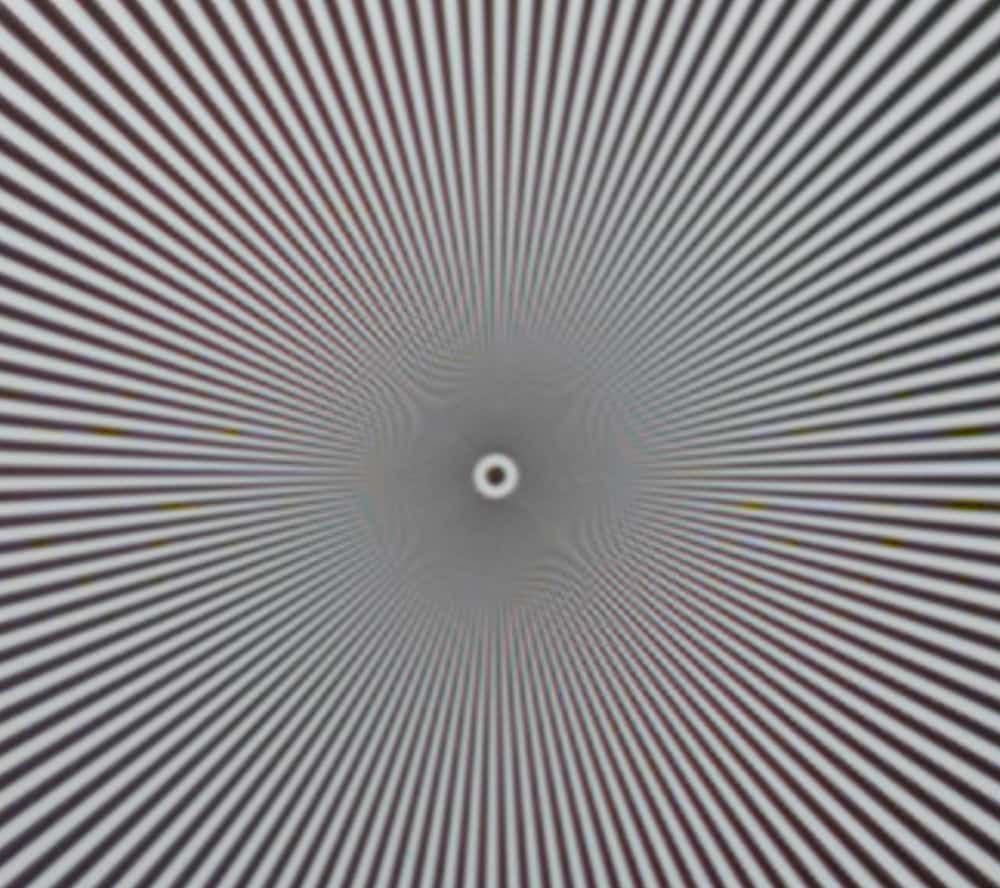
The Noct has much more contrast. The Otus astigmatism is much reduced, but is still apparent. It is most obvious when focusing on the star with peaking turned on. You can see the sharp region rotate around the star as you move the focusing ring.
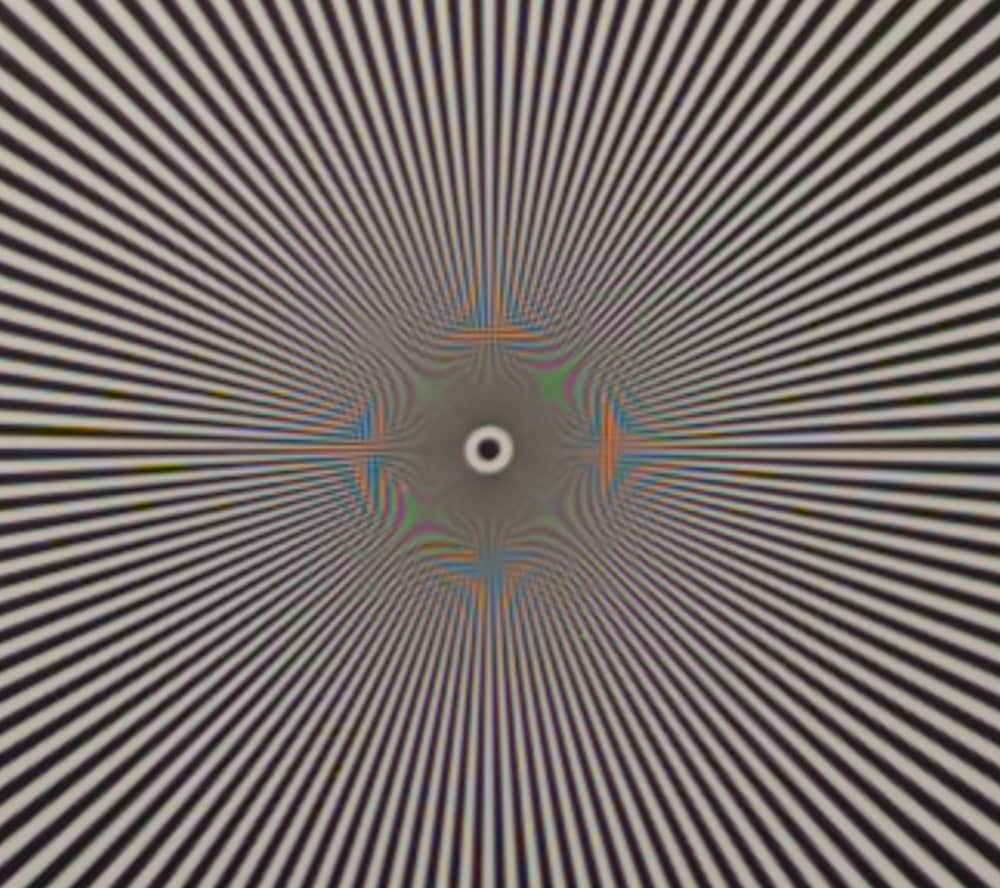
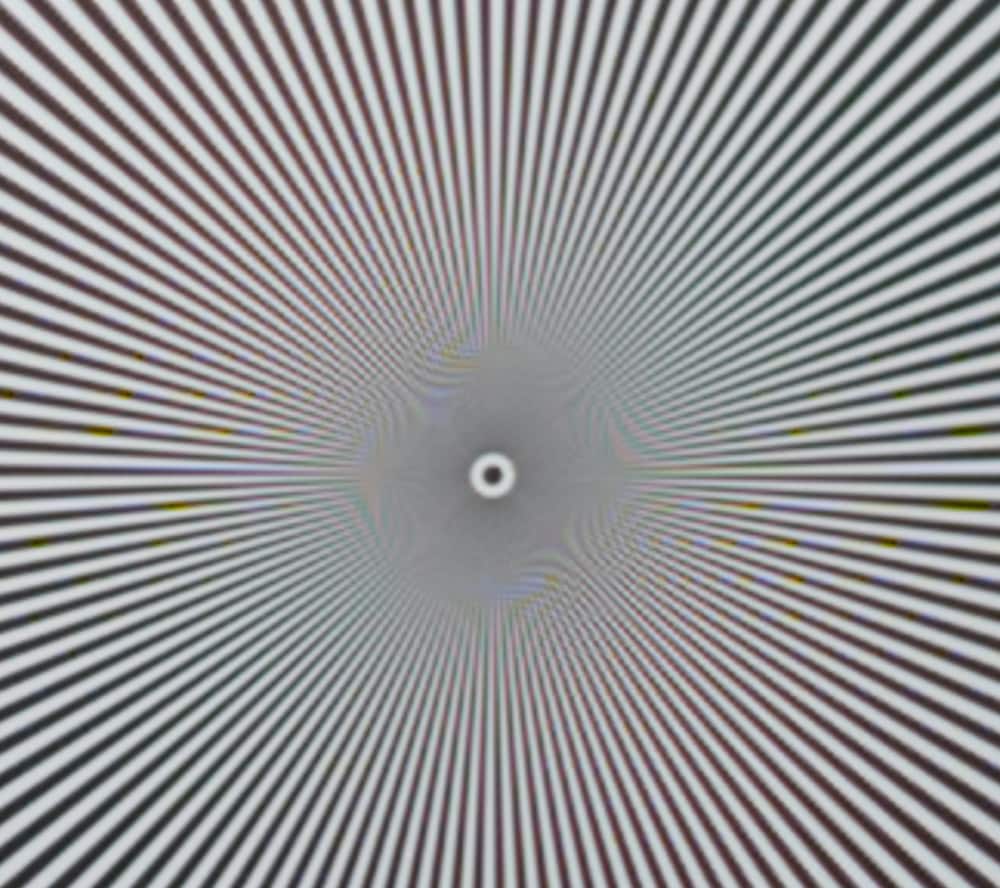
The Noct has much greater contrast still.
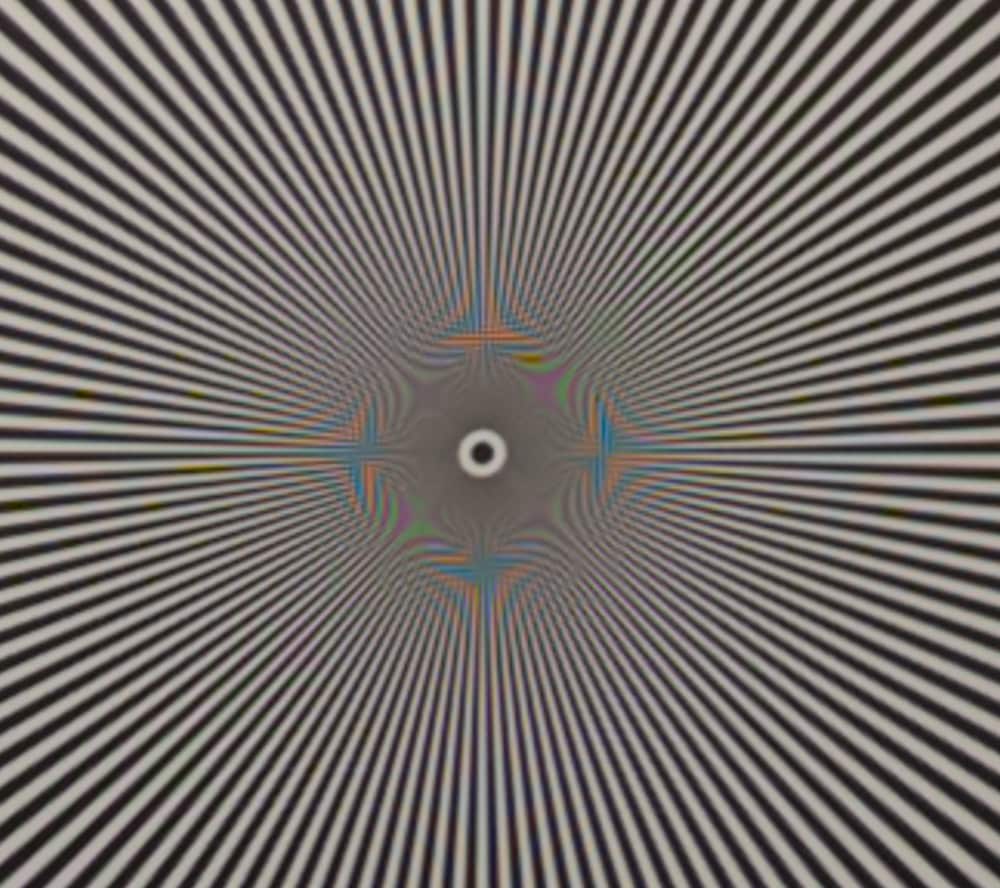
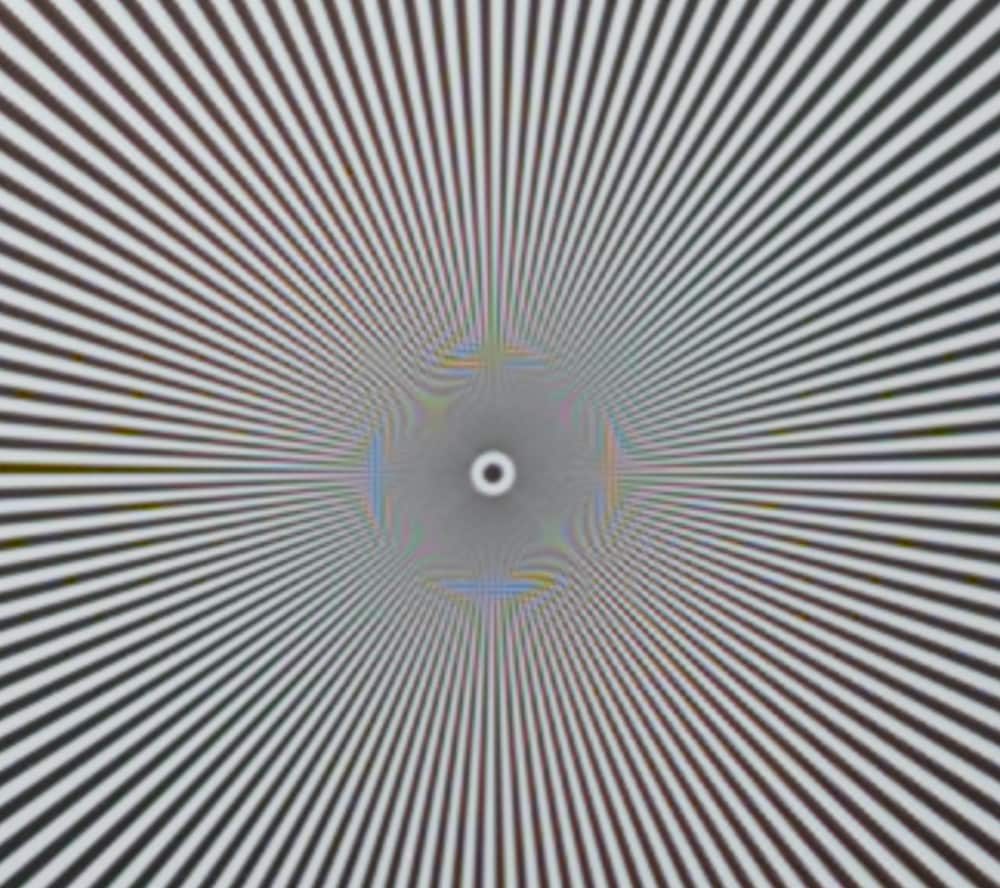
Now they’re much closer, with the Noct still ahead.
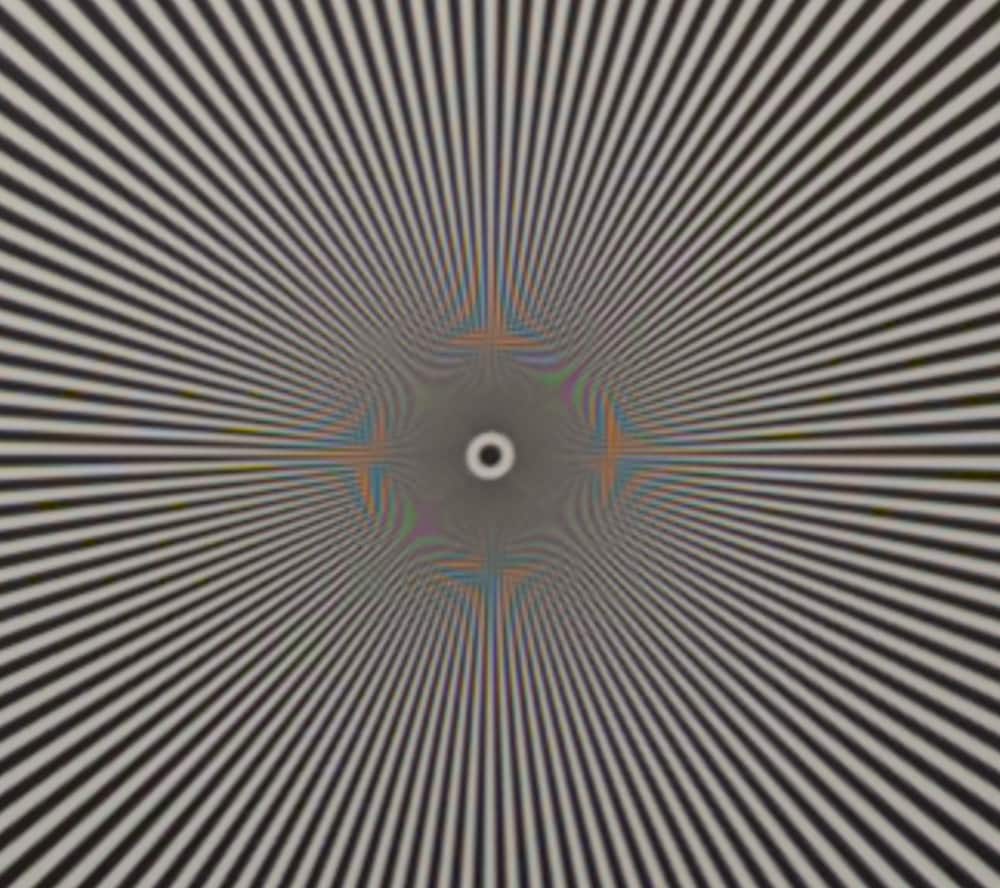
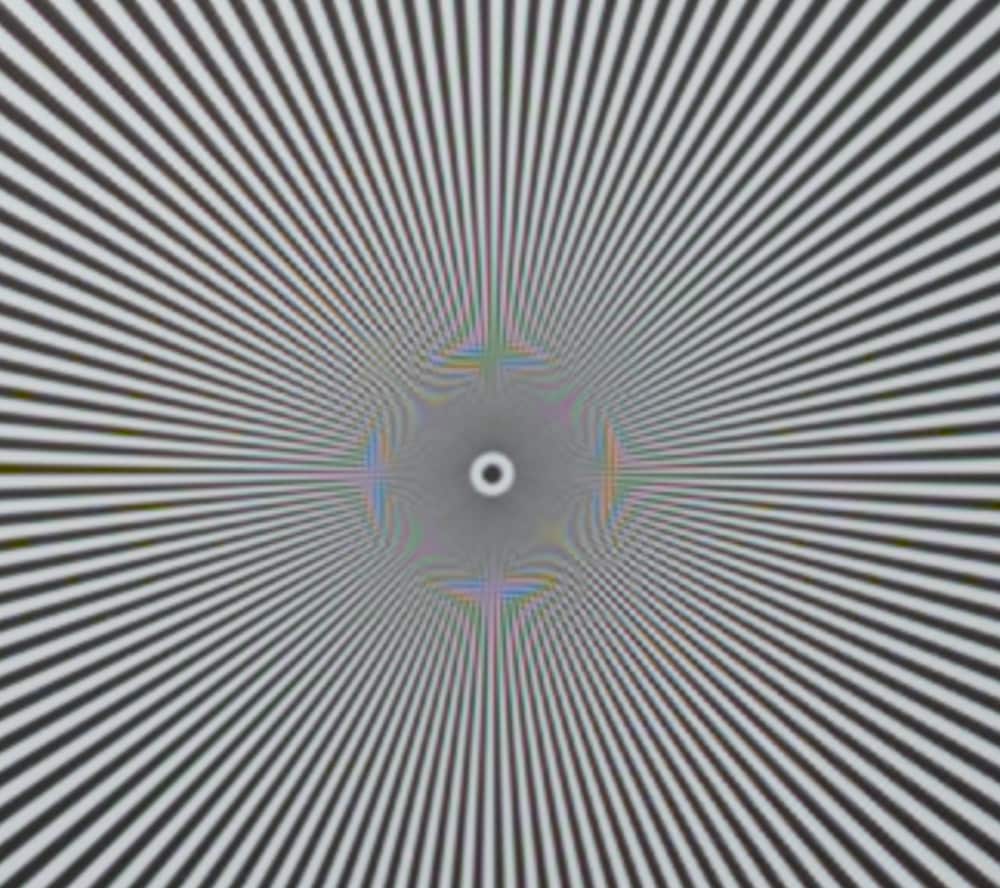
This pair looks quite similar.
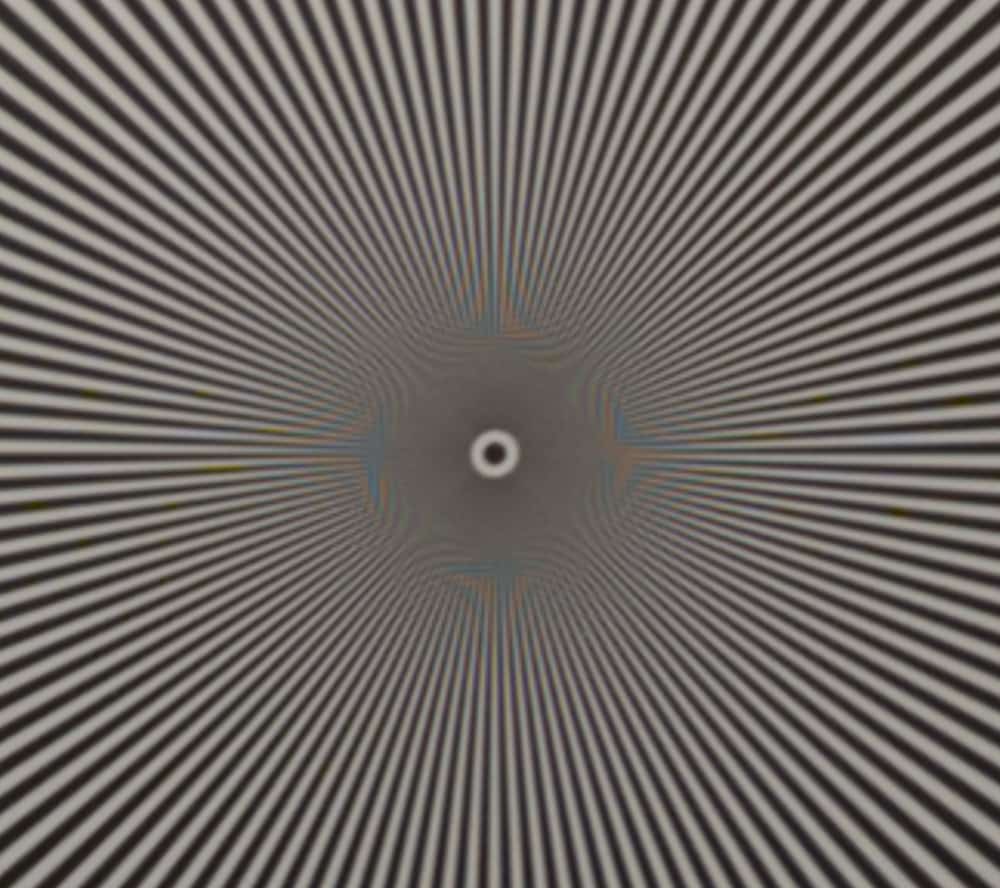
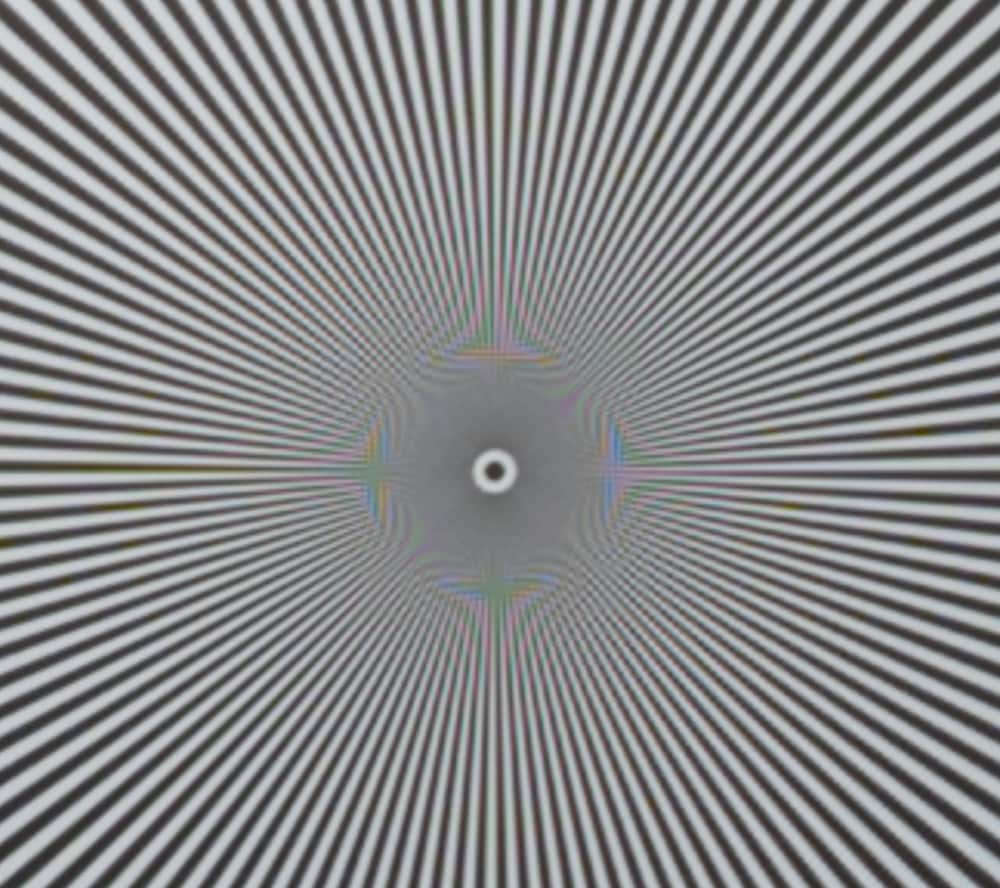
For some reason (aperture calibration?) the Otus seems less affected by diffraction here.
The main difference between the two lenses on the Z7 at common f-stops is that the Noct has much better corner performance when the lens is open wide. Of course, the Otus can’t make an f/0.95 exposure, but I didn’t need any testing to figure that out.
Leave a Reply